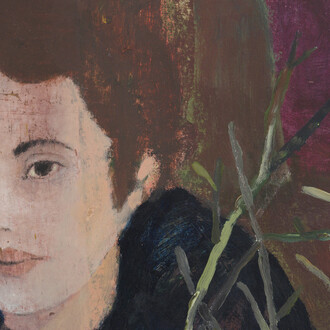The Petit Palais is delighted to be presenting an anthology of some 200 18th-century French paintings, sculptures and drawings from the Horvitz Collection in Boston. The work of thirty years, this is the largest private collection of 18th-century French drawings outside France, and is home to such artists of the first rank as Watteau, Bou- cher, Fragonard, Greuze and David. It also offers an overview of all the major artists of the period, ranging from Oudry to De Troy, from Natoire to Bouchardon and from Hubert Robert to Vincent – and all of them at their best.
The exhibition offers the visitor an exhaustive panorama of French painting and drawing from the Regency to the Revolution, toge- ther with a small but impeccable selection of of sculptures, inclu- ding pieces by Lemoine, Pajou and Houdon. It comprises fifteen chronologically organised thematic and monographic sections, whose elegant scenography provides an overview of a century rich in artistic innovation.
The itinerary opens with portraits by Rigaud, Largillière and Jean- François de Troy, before addressing the mythological and religious painting of the early 18th century via works by François Lemoine and Charles de la Fosse. The viewer then moves on to the fête galante, with drawings by Watteau and Lancret, and to landscape and ani- mal painting, with Oudry and Desportes. The exhibition also takes in architecture and the triumph of ornamentation as typified by the whimsicality of Oppenord and Lajoüe. An entire section given over to François Boucher is followed by a group of academic nudes and head studies by Coypel, Lépicié, Vien and others. Next comes mid- century history painting, represented by Natoire and Carle Van Loo, and the tour continues with drawings by sculptors like Bouchardon and Pajou. A second monographic section is dedicated to Fragonard, after which visitors are treated to views of ruins and landscapes by Hubert Robert and Joseph Vernet, and, in a more sentimental vein, works by Greuze, Prud’hon and Boilly. The exhibition closes with an assertion of Neo-Classicism by Jacques-Louis David, Perrin and Vincent.
The Horvitz Collection, with its meticulous documentation and works in perfect condition, has become a touchstone for the period. Its pre- sentation in Paris is a major event whose prestige and intimist cha- racter make it a perfect complement to Enlightenment Baroque: 18th- century masterpieces in the churches of Paris, the exhibition devoted to the big, forgotten religious paintings of the period.
















